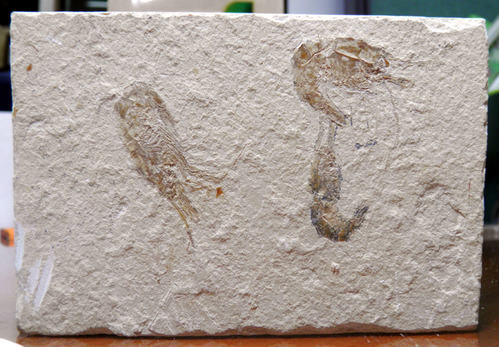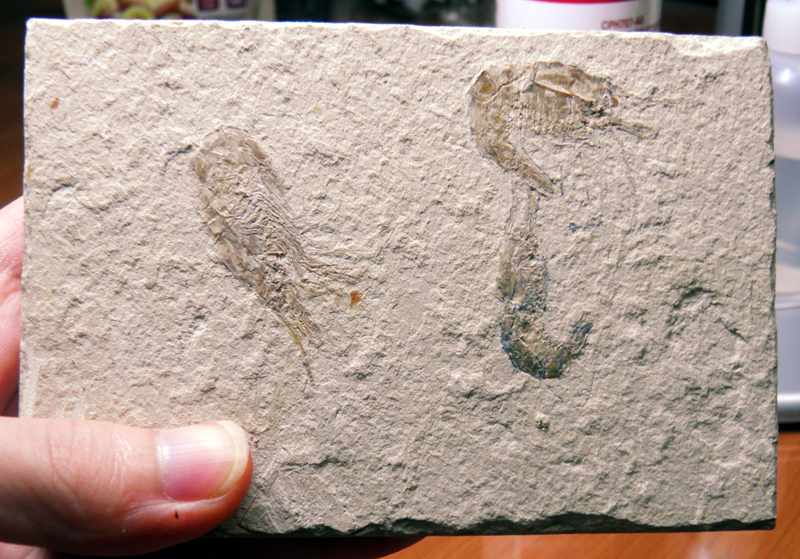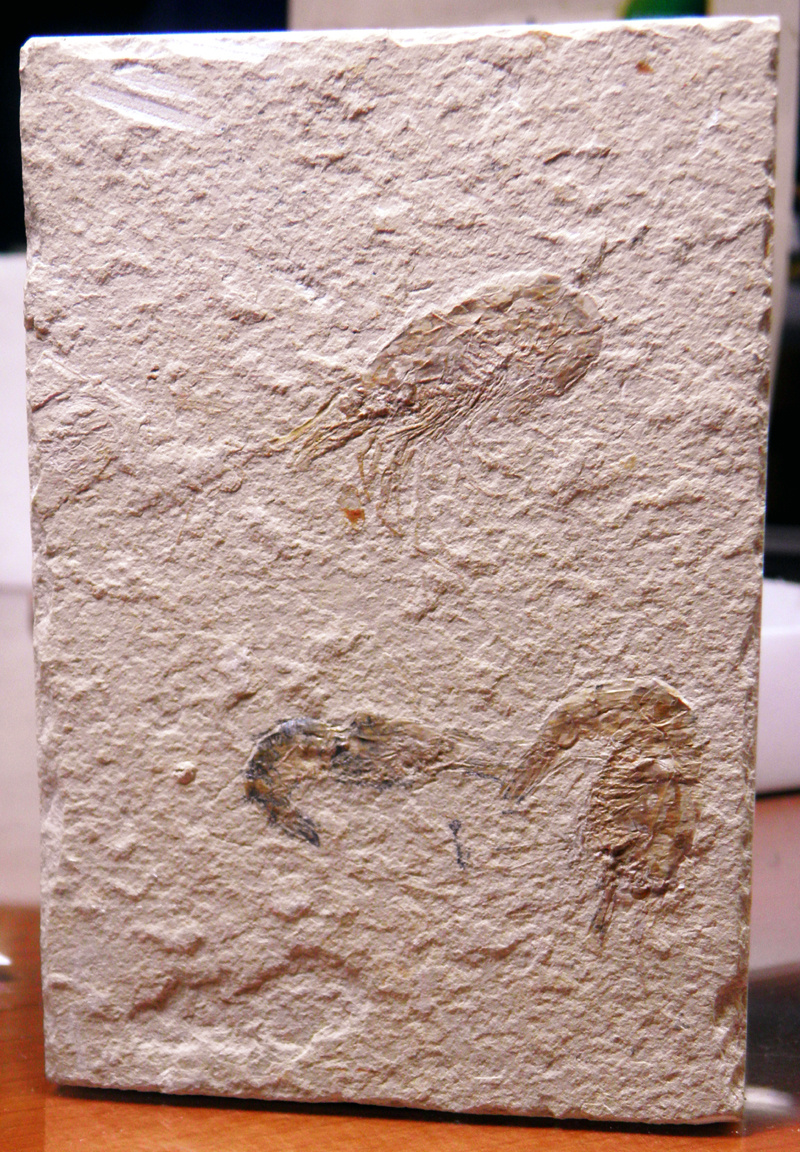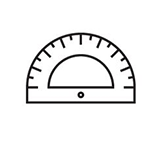백악기새우화석(Fossil Shrimp)2011-0802-01 

| 국내/해외배송 | |
|---|---|
| 배송비 방법 | 택배 |
| 배송비 | 4,000원 (50,000원 이상 구매 시 무료) |
| 수량 |
|
| 상품 정보 | 가격 | 삭제 |
|---|---|---|
| [총 상품금액(수량)] 0 (0개) | ||
일반명(Common name) : 백악기새우화석(Fossil Shrimp)
학명(Scientific Name) : Carpopenaeus longirostris
지질시대(Geological Time) : 중생대백악기(Middle Cretaceous, Cenomanian Stage, 93 million years ago)
발견지(Fossil Site): 레바논(Lebanese Lagerstatte, Sublithographic Limestone, Hajoula, Lebanon)
크기(Size of Shrimp) : 60mm long(85 x 66mm Matrix)
Description : A fine example of two species of shrimp of the genus Carponeaeus. Carponeaeus longirostris of the Cenomanian Stage (93-97 m.y.a) Sublithographic limestone deposits of Hajoula, Lebanon is represented by the three smaller shrimp, while Carponeaeus septemspintus is shown by the larger shrimp in the upper left corner. A fine example of the degree of preservation found in these deposits found some 270 meters below the surface. The species longirostris derives its name from the long spike (rostrum) projecting from the head. The species septemspintus gets its name from the seven spines in the same location. The specimens are well-presented on this large 250 mm by 213 mm block of Sublithographic limestone.
Cretaceous Lagerstatte Fossils of Lebanon
Sublithographic limestone deposits
Lagerstatte is a German word meaning "resting place". It has been recently co-opted by paleontologists to have a meaning more like "universal graveyard". A largerstatt is a spectacular rarity, with only a few dozen scattered about the earth like gemstones. The deposits of Solnhofen, famous for its primitive bird Archaeopteryx, is one such deposits where much the life of the Jurassic at that time is preserved in the lithographic limestone. Another preserving the Eocene world of Germany is Messel, in which the panoply of life forms has been preserved in an oil shale. Another more recent deposit would be the tar pits of Rancho La Brea in Los Angeles, showing us what life was like in the Pleistocene, just 10,000 years ago. Oil shale deposits in Wyoming tell of the fantastic variety of Fish of the Green River Eocene. The Burgess Shale deposits of Canada show us what life was like at the beginning of an explosive radiation of diversity over a half billion years ago. The one that has been most in the news of late are the Late Jurassic/Early Cretaceous deposits of Liaoning Province in China, home of the fantastic "feathered dinosaurs".
Taking its rightful place with all of these is the sublithographic limestone deposits of Sahel Alma, Hajoula and Haqel, Lebanon of the Cenomanian Stage of the Middle Cretaceous (93-97 million years ago). These deposits are most famous for their exquisitely-preserved fish, but show a diversity of other well-preserved fossils such as shrimp and lobsters. The deposits are indicative of a warm and shallow sea that was made up of small basins only a few hundred meters across. These deposits now rest some 270 meters below the current surface.Geologists currently believe these basins had their origins at the intersection of block fault systems. The Baensch Fossil Atlas lists over 70 genera of fish found within these deposits, most all of which are known from unparalleled-quality specimens preserved in remarkable detail.



















 확대보기 및 상세정보
확대보기 및 상세정보